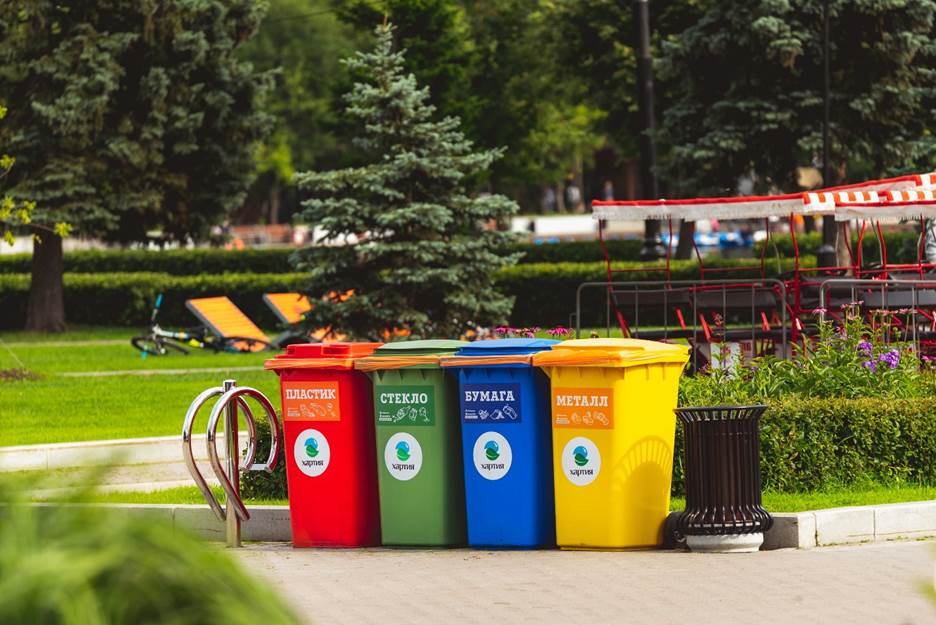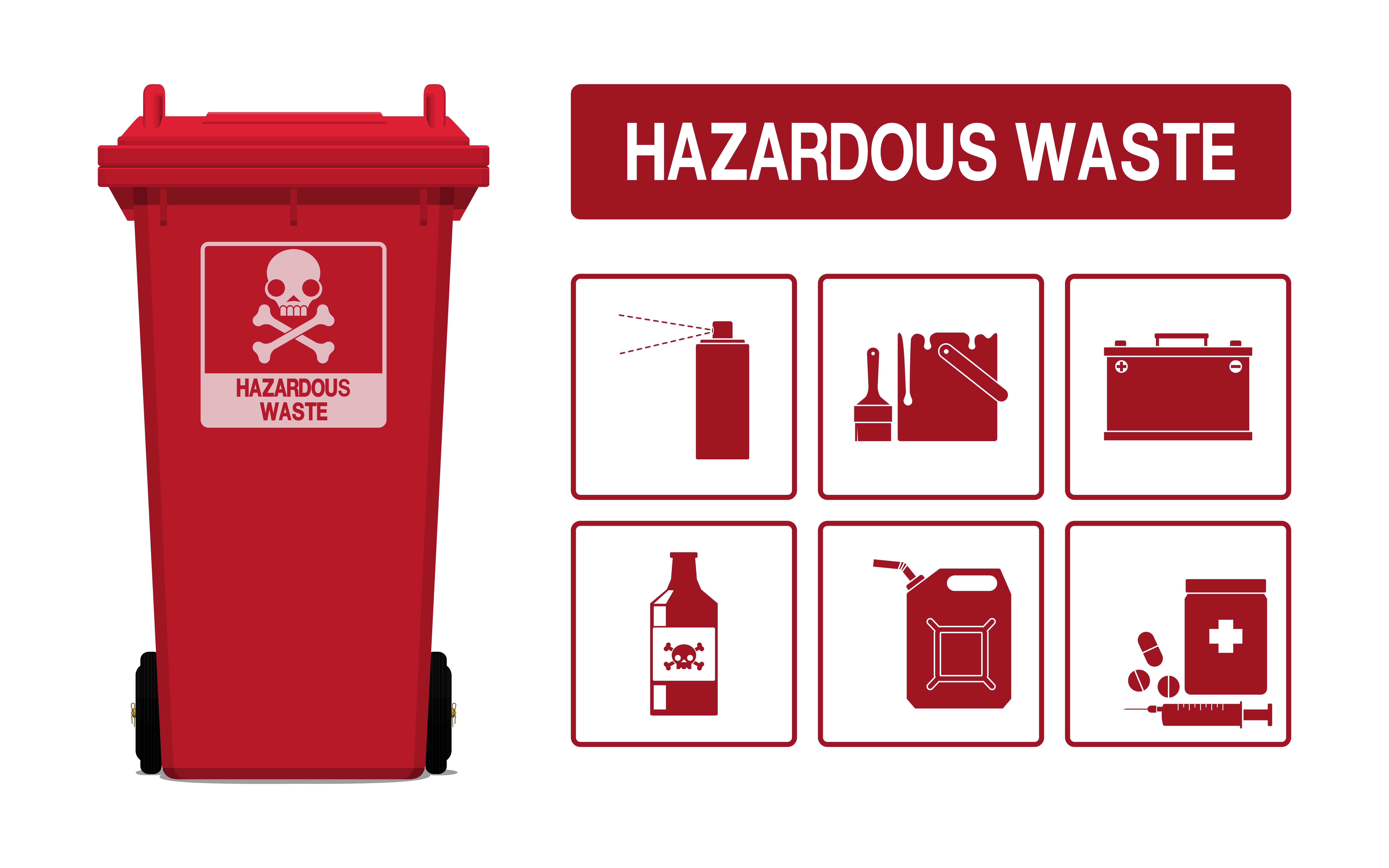Past Clean-up: Ensuring Safety And Security with Specialist Medical Waste Removal
Past Clean-up: Ensuring Safety And Security with Specialist Medical Waste Removal
Blog Article
Efficient and Environmentally Friendly Medical Waste Disposal Solutions
In the ever-evolving area of medical care, the concern of medical waste disposal remains a subject of extremely important relevance. As health centers, facilities, and various other medical care centers aim to supply high quality client care, they must additionally attend to the difficulty of efficiently and sensibly disposing of their waste - medical waste removal service. In a period where ecological sustainability is at the center of public consciousness, finding remedies that are both effective and eco-friendly is not only an issue of compliance but likewise a testament to the dedication of healthcare establishments towards a greener future. From waste partition methods to innovative recycling initiatives, this discussion will certainly check out the numerous methods employed to tackle this pressing concern, leaving you fascinated and anxious to explore the possible solutions that exist in advance.
Waste Segregation Practices
Reliable waste partition practices are vital to ensure the correct and secure disposal of medical waste. Medical waste, which consists of products contaminated with potentially contagious compounds, must be handled in a way that minimizes the risk of harm to both public health and the atmosphere. Appropriate waste segregation plays an essential role in achieving this objective.
Waste segregation involves the separation of various kinds of waste based upon their characteristics and potential dangers. This process guarantees that each sort of waste is treated and disposed of appropriately (medical waste disposal services with WasteX). It starts at the factor of generation, where health care centers need to have assigned bins and containers for various waste classifications, such as sharps, infectious waste, pharmaceutical waste, and non-hazardous waste
By setting apart medical waste at the source, doctor can protect against cross-contamination and decrease the danger of exposure to transmittable agents. This practice additionally assists in the recycling and recovery of particular materials. For instance, setting apart and recycling tidy plastics and glass minimizes the need for basic materials and lessens the environmental effect of clinical waste disposal.

Autoclaving and Sterilization Methods
In order to guarantee the secure and appropriate disposal of clinical waste following reliable waste segregation techniques, health care centers should use autoclaving and sterilization techniques. Autoclaving is a commonly used technique that utilizes high-pressure heavy steam to sterilize medical waste.
Another frequently used sterilization strategy is chemical sterilization. This includes treating the waste with chemicals such as ethylene oxide or hydrogen peroxide, which kill microbes by disrupting their cellular framework. Chemical sterilization is commonly used for heat-sensitive products or products that can not withstand the heats of autoclaving. It is crucial to note that chemical sterilization requires correct handling and disposal of the chemicals used, as they can be harmful to human wellness and the environment if not managed properly.
On-Site Waste Therapy Equipments
Healthcare facilities have actually implemented on-site waste treatment systems to address the disposal of medical waste in a efficient and safe manner. These systems offer a practical and economical option for handling medical waste generated within the facility. On-site waste treatment systems make use of numerous modern technologies to dispose and treat of medical waste on-site, minimizing the need for transport to off-site centers.
One generally made use of on-site waste therapy system is the microwave innovation. This modern technology makes use of microwave energy to disinfect and decontaminate clinical waste, decreasing its volume and providing it secure for disposal. One more system is the chemical disinfection modern technology, which includes treating clinical waste with chemicals to eliminate pathogens and reduce its harmful nature. This technique is particularly reliable for fluid medical waste.
They get rid of the danger of medical waste being mishandled throughout transport, minimizing the capacity for contamination and exposure to harmful materials. On-site treatment systems lower the general environmental impact of clinical waste by lessening transportation and the need for landfill learn this here now room.
Recycling and Repurposing Efforts
As medical care facilities pursue sustainable waste management practices, they are increasingly exploring recycling and repurposing efforts as a way of lowering the ecological effect of medical waste. Recycling and repurposing initiatives involve finding innovative means to recycle or change clinical waste into new products or products. This not just assists to reduce the volume of waste that ends up in land fills or burners but also lowers the intake of raw materials and power required for making brand-new products.
One example of reusing in the healthcare market is the reprocessing of single-use medical gadgets. This not only minimizes the quantity of waste produced however also saves medical care facilities substantial costs connected with acquiring new tools.
Another recycling effort involves the recycling of plastic containers, such as medicine containers or syringe casings. These containers can be gathered, arranged, and sent to recycling centers where they are refined, melted down, and transformed right into brand-new plastic products. This helps to save sources and reduce the demand for virgin plastic manufacturing.
Along with recycling, repurposing efforts entail locating alternative uses for clinical waste. As an example, shredded paper waste from clinical records or packaging materials can be repurposed as bed linens product for animals or as insulation product (medical waste removal services). Organic waste such as food scraps from health care facilities can be composted and utilized as plant food in yards or farming areas.

Renewable Resource Solutions
One reliable approach to mitigating the environmental impact of healthcare operations includes carrying out renewable resource options. Health care facilities, such as centers and medical facilities, consume significant quantities of power for different purposes, including lights, home heating, air conditioning, and operating medical tools. By transitioning to renewable resource sources, these centers can substantially decrease their carbon footprint and add to a much more sustainable future.

Executing eco-friendly energy services in medical care centers not only why not find out more decreases greenhouse gas discharges yet also provides lasting price savings. While the initial investment in renewable resource infrastructure may be higher, the long-lasting functional expenses of renewable resource systems are significantly lower compared to standard fossil fuel-based power resources. In addition, eco-friendly power systems are reputable and can supply a nonstop and secure power supply, ensuring continuous healthcare services even during power outages or emergencies.
Conclusion
In conclusion, applying effective and environmentally pleasant clinical waste disposal services is essential for preserving a sustainable health care system. By adopting waste partition practices, autoclaving and sterilization methods, on-site waste therapy systems, reusing and repurposing initiatives, why not look here and renewable power remedies, health care centers can considerably reduce their environmental influence.
It starts at the factor of generation, where medical care facilities need to have designated containers and containers for various waste categories, such as sharps, transmittable waste, pharmaceutical waste, and non-hazardous waste.
In order to ensure the appropriate and secure disposal of clinical waste complying with reliable waste partition practices, health care centers must utilize autoclaving and sanitation strategies.Healthcare facilities have actually applied on-site waste treatment systems to deal with the disposal of medical waste in a secure and reliable way. On-site waste therapy systems make use of various innovations to get rid of and treat of medical waste on-site, reducing the requirement for transport to off-site centers.
As medical care facilities aim for lasting waste monitoring practices, they are progressively checking out recycling and repurposing campaigns as a means of minimizing the ecological influence of clinical waste. - medical waste removal
Report this page